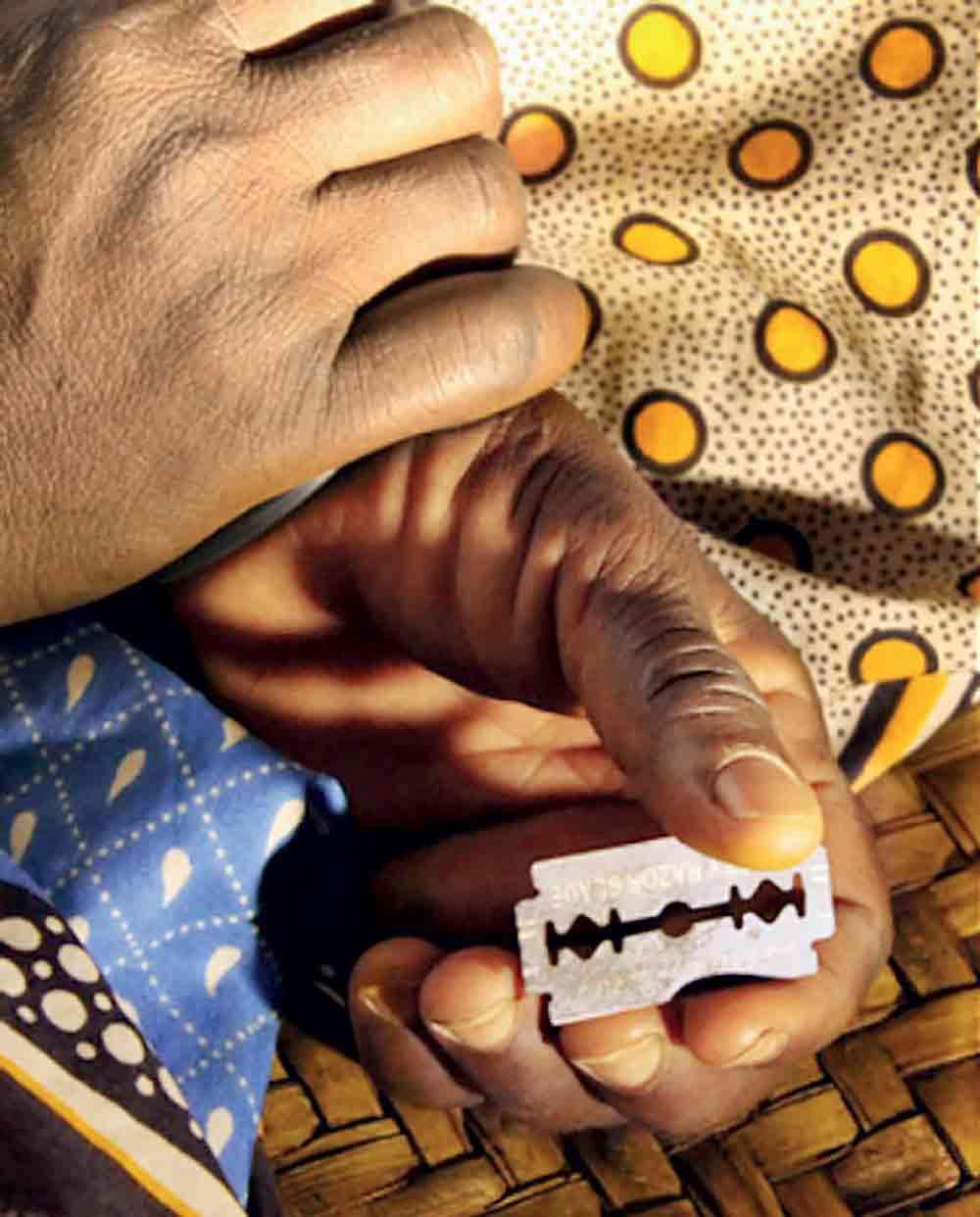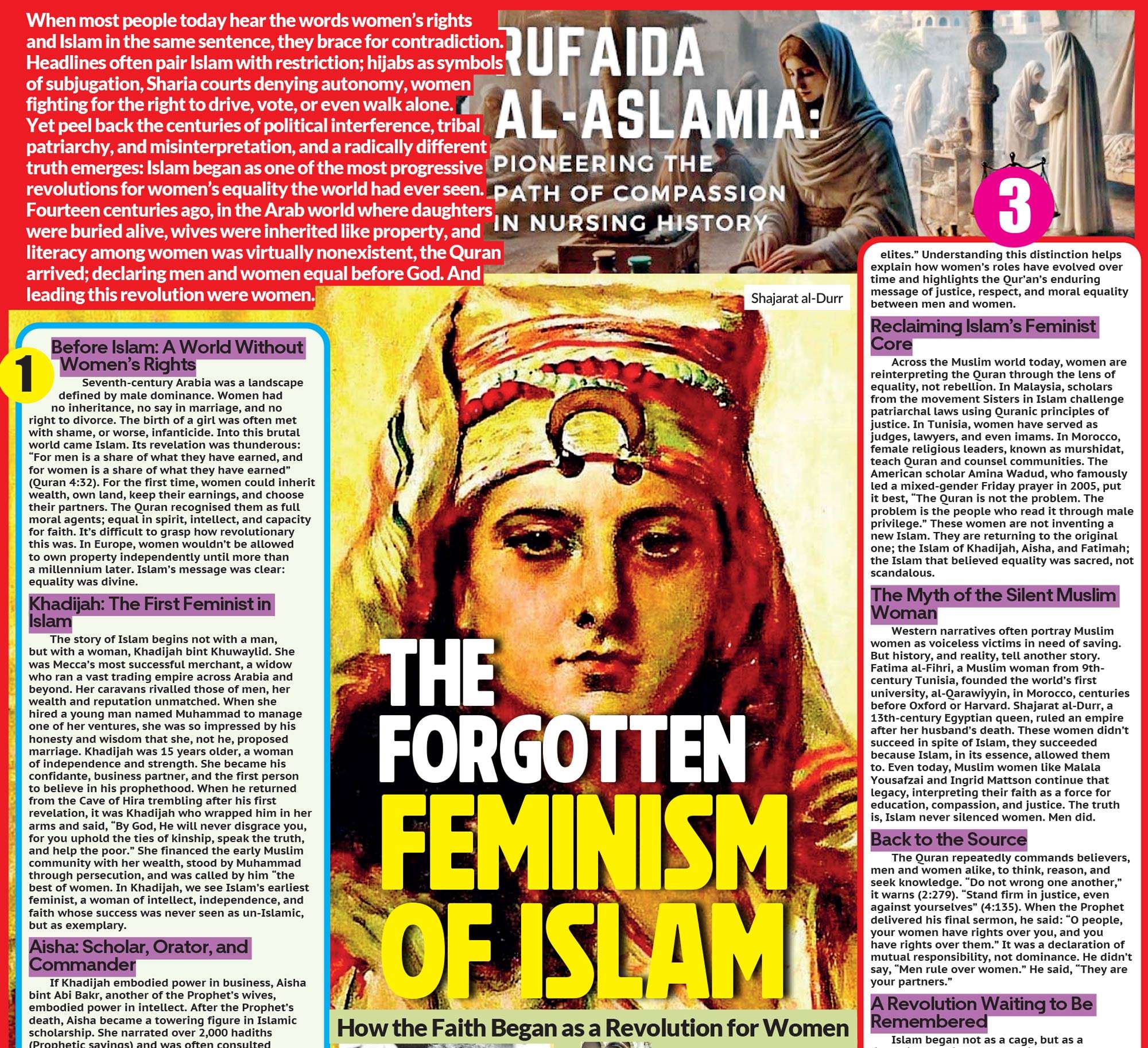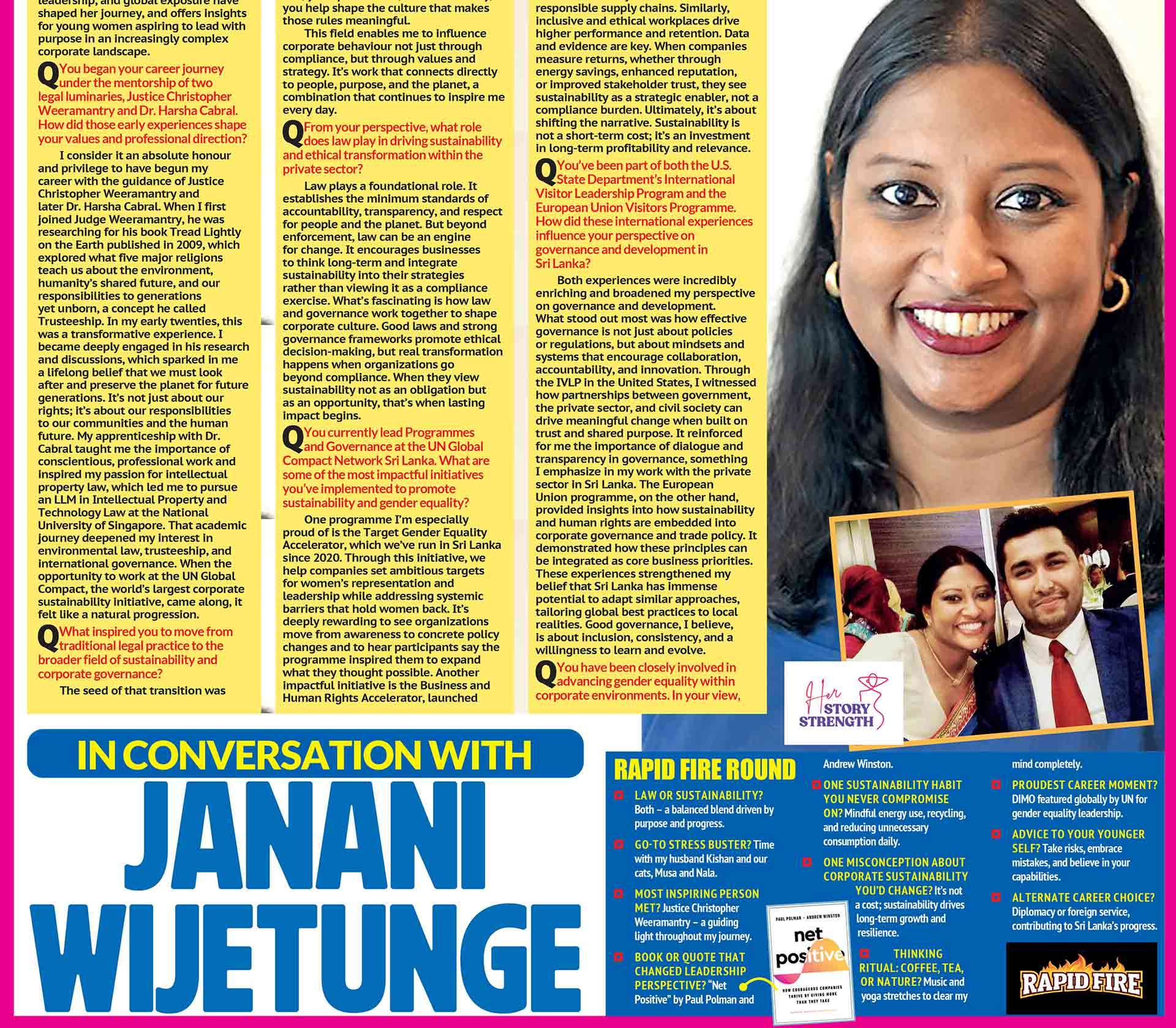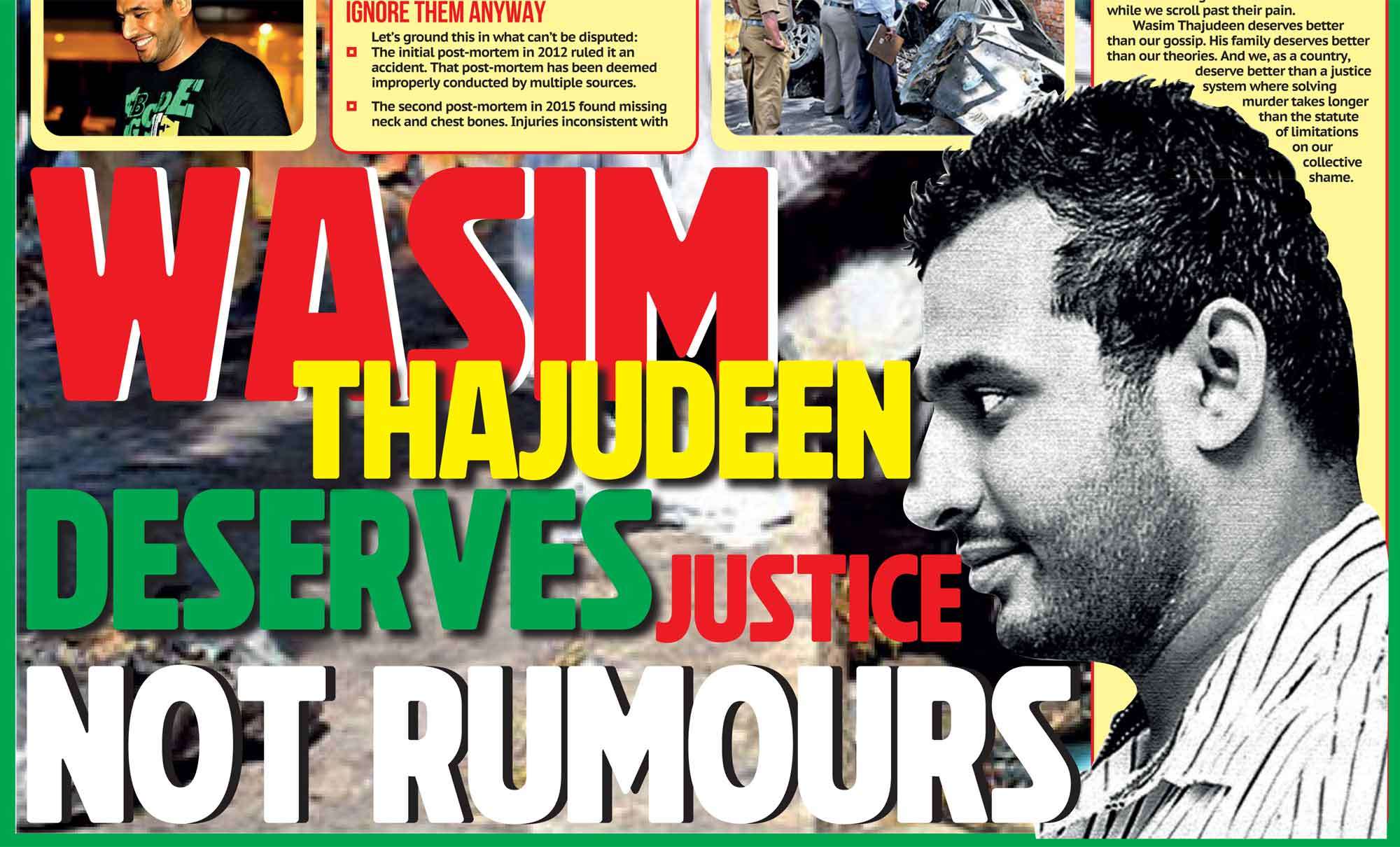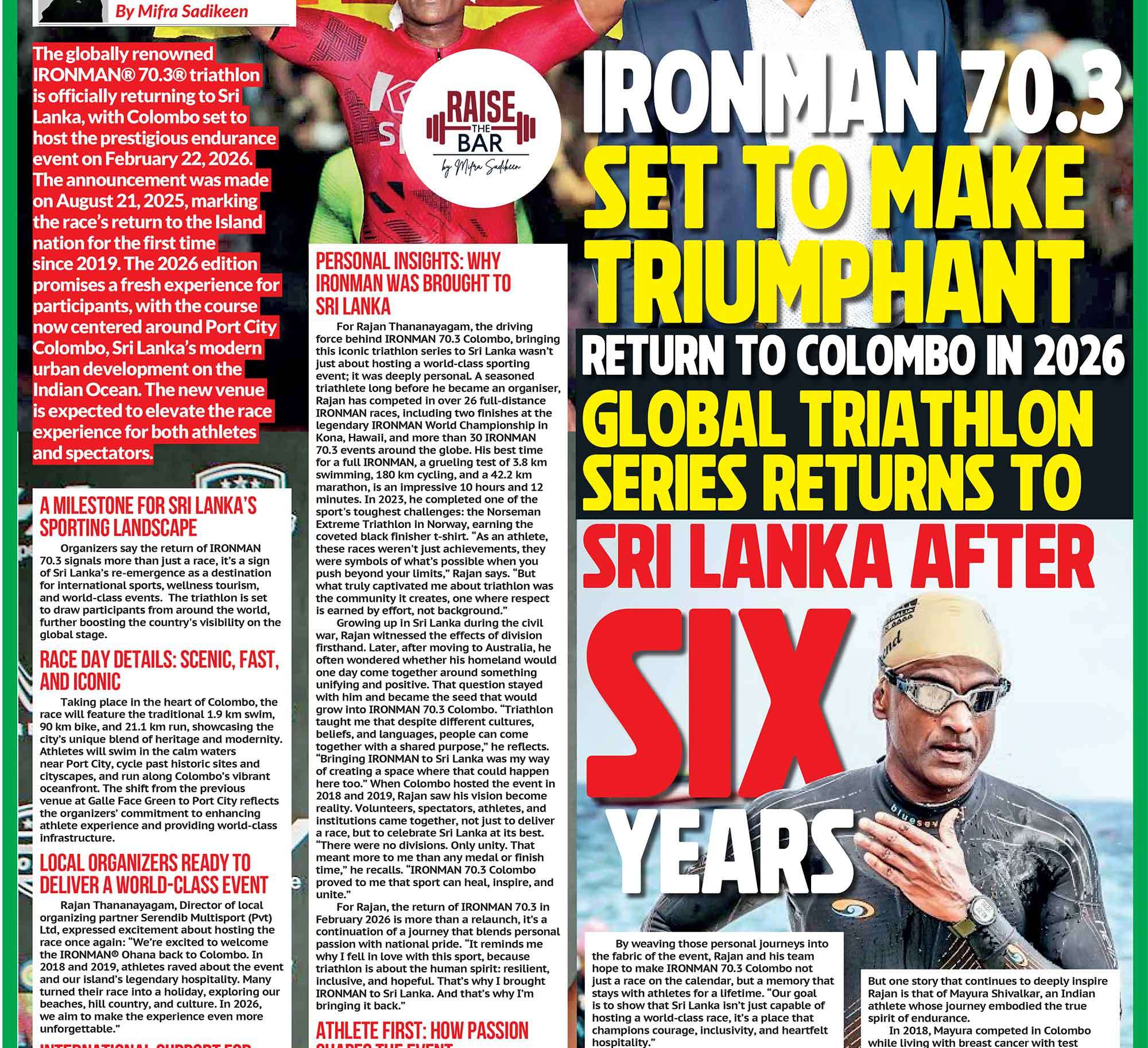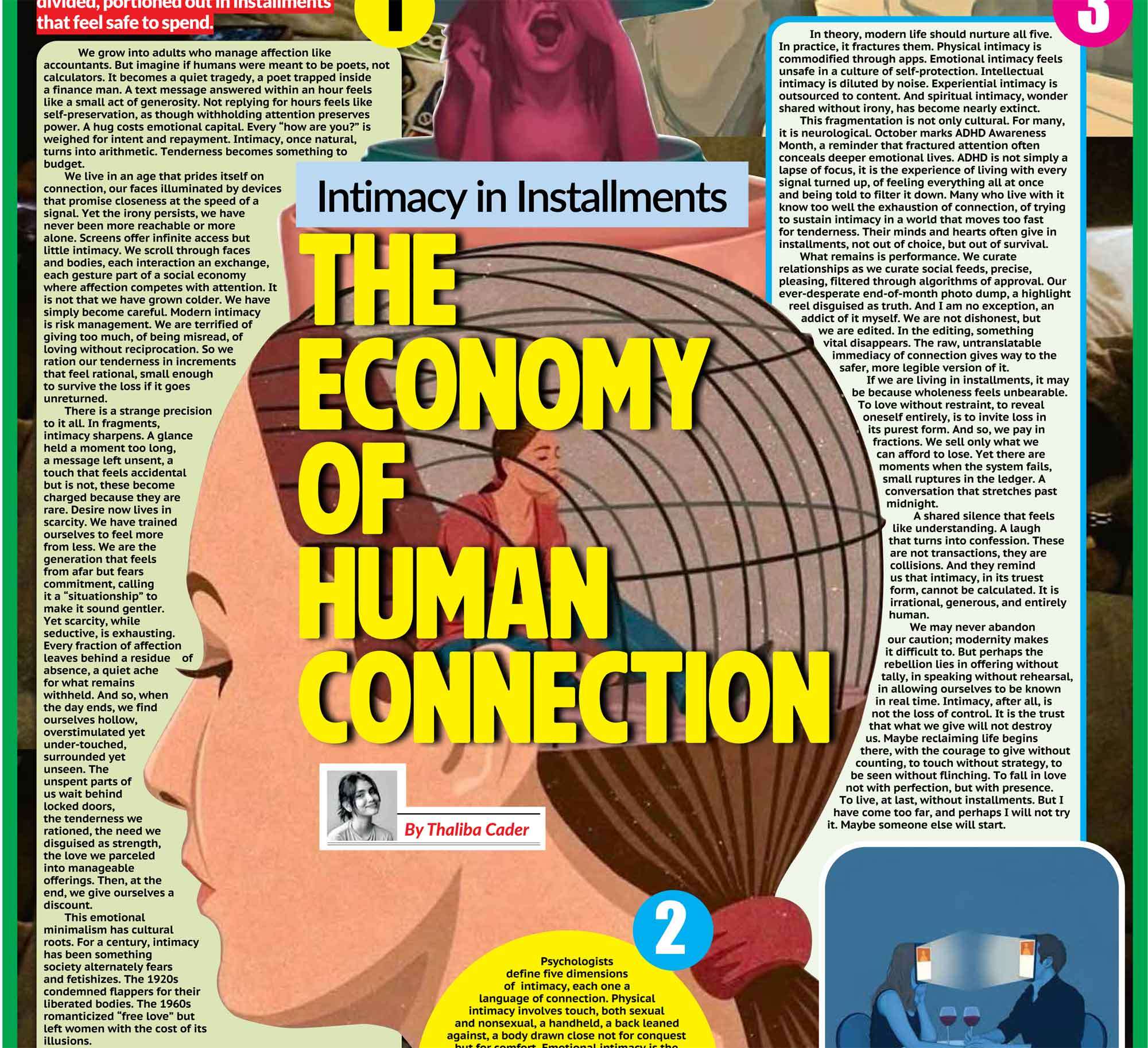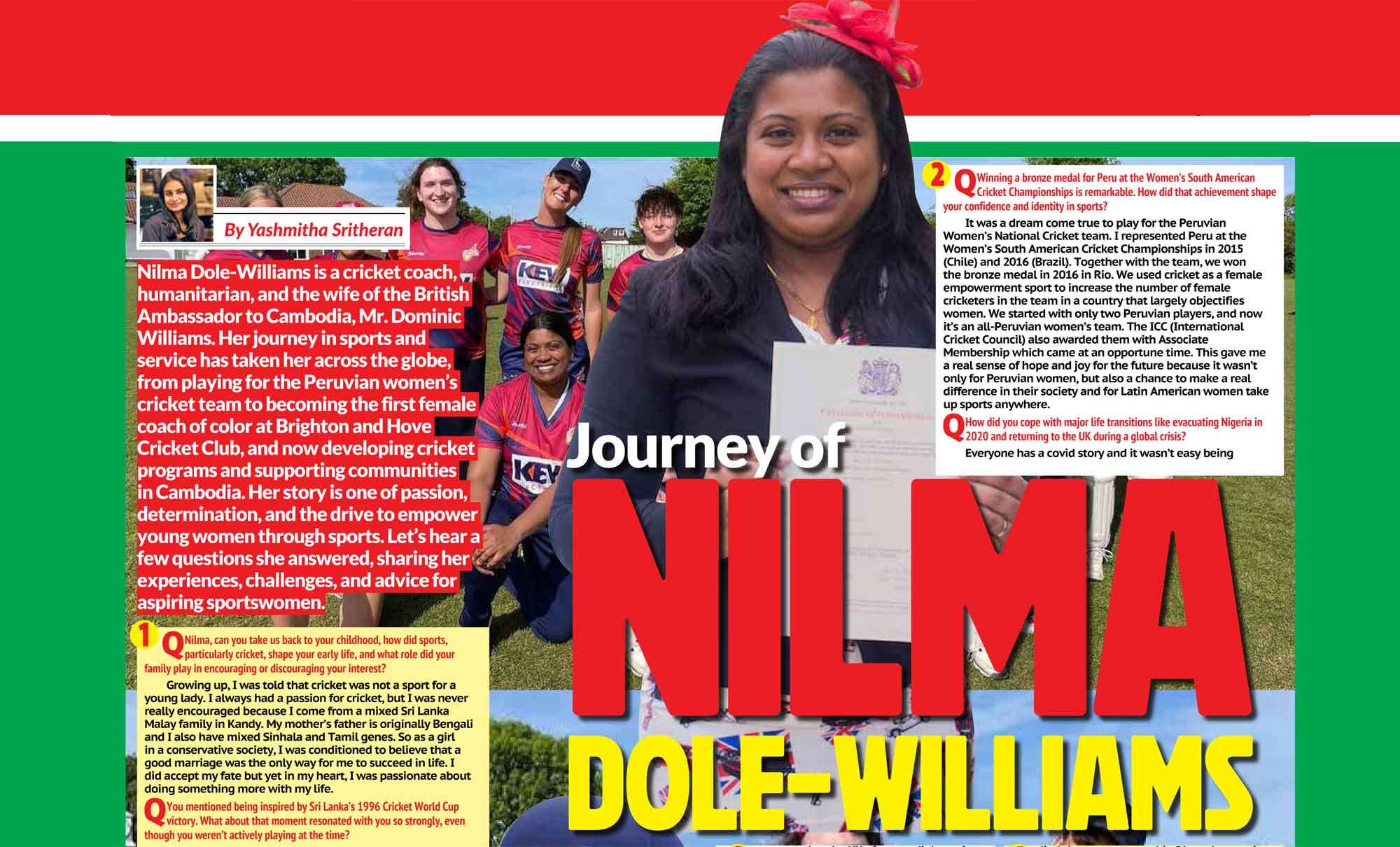
The Supreme Court of India is now seized with a question that should shake every South Asian nation. ‘Can the systematic mutilation of girl children ever be justified in the name of religion or tradition?’As Chief Justice B R Gavai stood before a national consultation on safeguarding the girl child last Saturday and named it ‘Female Genital Mutilation’, he did what Sri Lanka has steadfastly refused to do for decades. He broke the silence. He called it what it is: a fundamental rights violation, a denial of survival, a harmful practice that persists despite constitutional guarantees.
A nine-judge bench of India’s highest court is now deliberating a Public Interest Litigation that challenges the validity of FGM, practiced among certain Muslim communities, alongside cases concerning discriminatory practices at Sabarimala, Parsi Agiyaris, and mosques. This is not a footnote in some obscure legal journal. This is constitutional reckoning. This is a nation; messy, imperfect, contradictory India, finally dragging its darkest secret into the harsh light of judicial scrutiny.
And where is Sri Lanka in this moment?
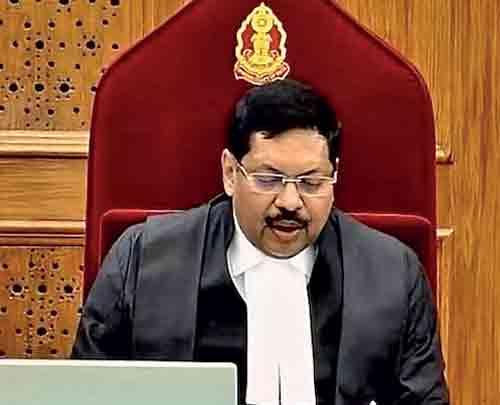
The Deafening Silence
We look away because to look directly at FGM would require us to ask uncomfortable questions about power, patriarchy, and the price we are willing to let girl children pay for our cowardice.
India’s journey to this Supreme Court moment did not begin with the state. It began with survivors. Women from the Dawoodi Bohra community; educated, articulate, angry, who refused to let the practice that violated them in childhood remain shrouded in whispers and euphemisms. They formed organizations like WeSpeakOut. They conducted surveys within their own community. They collected testimonies. They built an evidence base. They filed the PIL. They forced India to see.
These women did the work that the state should have done. They paid the price; ostracization from their community, threats, the pain of reliving trauma publicly to protect the next generation.
Where are Sri Lanka’s survivors? Are we to believe they do not exist? Or have we simply made it impossible for them to speak?
The Myth of Non-Existence
Let’s dismantle the foundational lie that allows Sri Lanka to sleep peacefully: “FGM doesn’t happen here.”
How do we know?
Have we looked? Has the Ministry of Health conducted any assessment, survey, or study? Have our gynecologists and pediatricians been trained to recognize the signs?
The answer to all of these questions is no.
We have assumed FGM away. We have wished it into non-existence. This is not public health policy. This is a ‘taboo’.
Sri Lanka has a Dawoodi Bohra community. Small, yes. Concentrated in Colombo, yes. But present. The practice of Khatna is integral to Bohra identity in India. Why would we assume it simply vanished at our borders? Communities carry their practices with them. Traditions, especially those hidden, performed in private, sanctioned by religious authority, do not evaporate because they cross a maritime boundary.
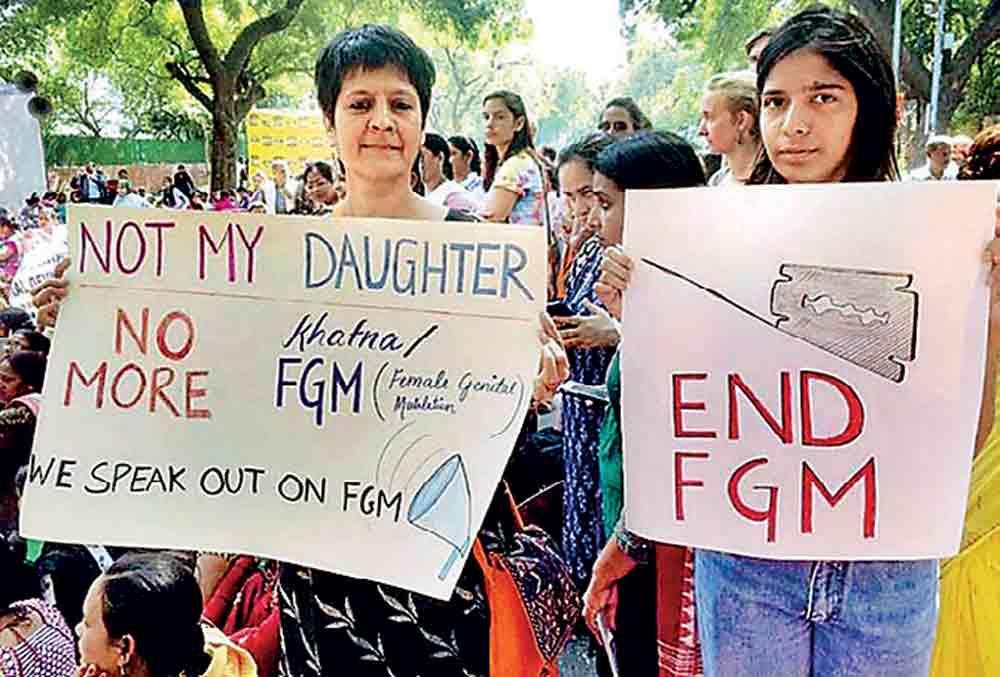
But even if, and this is a generous if the Bohra community in Sri Lanka does not practice FGM, we are not off the hook. Sri Lanka’s Muslim community is diverse. There are multiple schools of thought, sects, cultural influences from across the Indian Ocean world. We have Moors, Malays, Indian Muslims, each with their own traditions. Have we investigated whether any sub-group, however small, practices any form of FGC?
No. Because to investigate would be to admit the possibility. And we are not ready for that conversation.
India’s Progress that Sri Lanka Refuses to Follow
Let’s be specific about what India has achieved, even as the legal battle continues:
Judicial Courage: The Supreme Court has elevated this issue to constitutional importance. It is being heard alongside cases that question religious practices’ validity when they discriminate against women. The court is asking: Where does religious freedom end and a child’s right to bodily integrity begin? This is the correct question. This is the only question.
Survivor Leadership: The movement is led by those who have survived the practice. This is critical. It is not outsiders imposing Western values. It is women from within the community saying, “This was done to me. It harmed me. It must stop.” Their testimonies are devastating: chronic pain, sexual dysfunction, psychological trauma, the profound violation of having your own family hold you down and cut you.
Evidence-Based Advocacy: Organizations have conducted studies within the Bohra community. One survey found that 80% of Bohra women had undergone Khatna. Another documented the health consequences. This is not anecdotal. This is data. This is the foundation for legal and policy intervention.
Media Amplification: The Times of India, The Indian Express, The Hindu; major national outlets are covering this extensively. The CJI’s statement was front-page news. The discourse has shifted from “Does it happen?” to “How do we stop it?” That shift is everything.
Civil Society Mobilization: Women’s rights groups, child protection organizations, progressive Muslim scholars; a coalition is forming. The conversation is happening at every level: in drawing rooms, in university seminars, in parliamentary committees.
Legislative Intent: Several states have considered specific anti-FGM legislation. The national discourse has created political pressure. Even religious leaders within the Bohra community are being forced to defend or reconsider their stance.
Now contrast this with Sri Lanka:
Zero judicial engagement: FGM has never been litigated, never been the subject of a fundamental rights petition, never been mentioned in a court judgment although six years ago group of activists had come forward to present the case.
Zero survivor visibility: Survivors exist and statistically, if the practice exists at all, however the platforms, organizations and support system for them are concealed due to fear of societal backlash.
Zero research: Not one Ministry of Health report. Not one UNICEF assessment. We have literally zero official data.
Media silence: Outside of a handful of columns (including mine), the mainstream Sinhala and Tamil media have never touched this topic. It is not just underreported; it is unreported.
Civil society operating in fear: This is where I must be honest, painfully honest, about what is really happening. There ARE activists in Sri Lanka who speak about FGM. There ARE women’s rights advocates who know this is happening. There ARE survivors who carry this trauma. But we speak in whispers. We discuss it “behind closed doors”; the bitter irony of my own column’s title is not lost on me. We write carefully worded pieces, we have private conversations, we share information in closed WhatsApp groups and off-the-record meetings.
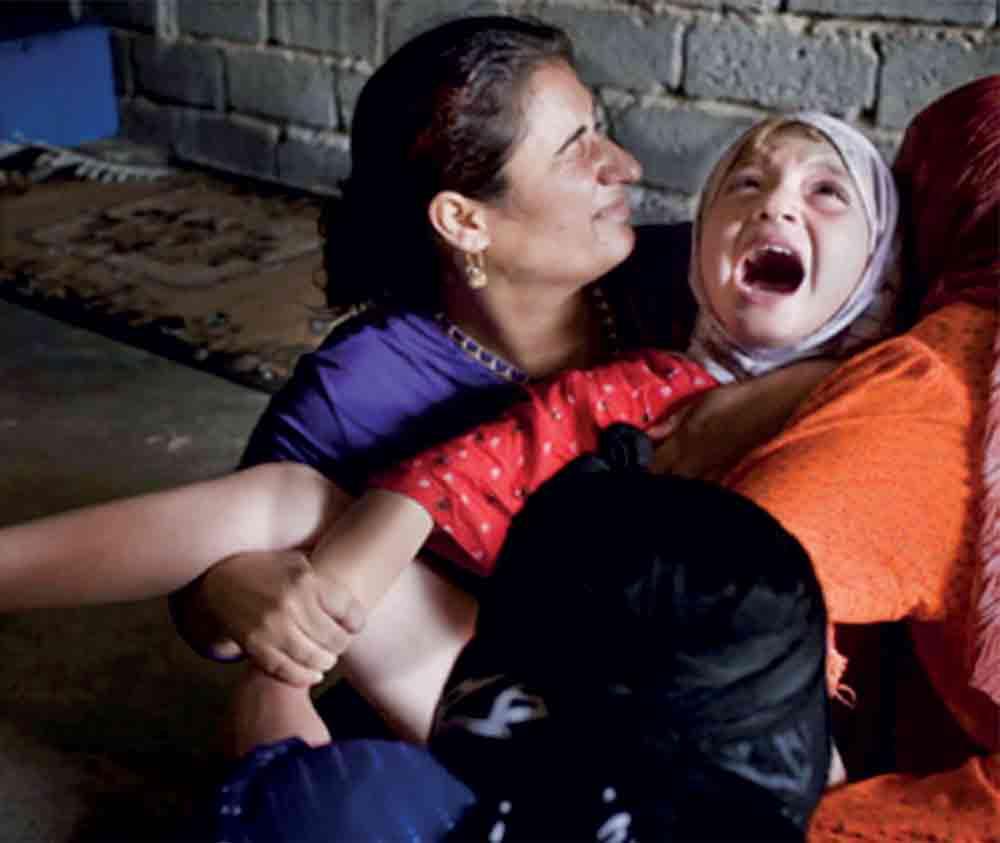
Why? Because the backlash is real, immediate, and multifaceted.
I know this because I live it. Every time I write about FGC, I brace myself. The accusations come swift and predictable: I am Islamophobic. I am a traitor to pluralism. I am serving a Western agenda. I am dividing communities. I am giving ammunition to racists and extremists. The threats are not always explicit, but the message is clear: be quiet, or be branded.
And it is not just religious backlash we fear. It is political. In Sri Lanka’s delicate ethnic and religious calculus, no politician wants to be seen as “targeting” the Muslim community. Not after the Easter attacks, not in our perpetually fragile post-war environment, not when every issue can be weaponized for polarization. So they stay silent, and they expect us to stay silent too.
It is social. Women activists who speak out risk being ostracized not just by conservative communities, but by their own progressive circles who accuse them of being insensitive to minority rights or of not understanding “cultural complexity.”
So, we self-censor. We water down our language. We say “alleged practice” instead of “documented practice.” We ask questions instead of making demands. We wait for someone else; someone braver, someone with more privilege, someone with less to lose to say it first, say it loudly.
This is the real tragedy. Sri Lanka’s women’s movement, which has fought brilliantly for domestic violence legislation, equal pay, and political representation, has not failed to see FGC. We see it. We know. But we have been paralyzed by fear into a complicit silence that feels, sometimes, worse than ignorance.
No ministry has been tasked with investigation. No hotline exists. No protocol exists for healthcare providers. No member of parliament has raised the issue in chamber.
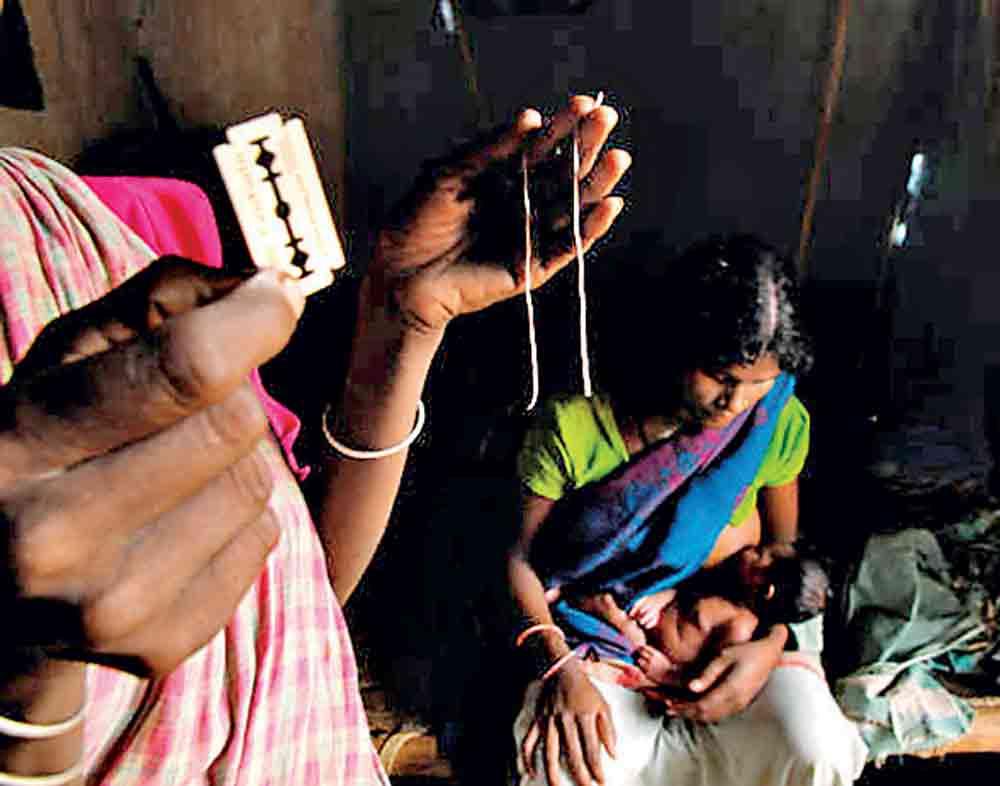
The Questions We Must Answer
If we are to move from silence to action, we must answer hard questions:
Why has the Ministry of Health never commissioned a study? FGM is a public health issue. The WHO has clear protocols for assessment and intervention. Why have we not followed them?
Why is there no law? Even if we believe the prevalence is low, a specific law criminalizing FGM would be a deterrent and a statement of values. Why has no parliamentarian introduced such a bill?
Why has the Ministry of Women and Child Affairs not taken this up publicly? Let me answer this one from experience. It is not that we do not want to, it is that we are afraid. Afraid of being labeled bigots. Afraid of losing funding. Afraid of threats. Afraid of being used by actual racists to justify their bigotry. Afraid of fracturing the fragile coalitions we have built across ethnic and religious lines. This fear is rational. It is based on real consequences we have witnessed and experienced. But it is also paralyzing us. And while we calculate the political risks, girls are being cut.
Breaking Our Own Silence
I have asked myself many times: What am I protecting with my careful language? Who benefits when I phrase things as questions rather than statements, when I say “if it exists” instead of “where it exists”?
The answer is uncomfortable. I am protecting myself. My reputation. My relationships. My sense of safety. These are not illegitimate concerns. But they cannot be the priority when weighed against a child’s bodily integrity.
Female Genital Cutting happens in Sri Lanka. I do not need a government study to tell me this, though we desperately need one. I know it because survivors have spoken to me privately, in confidence, with the plea that I not use their names or identifying details. I know it because community members have admitted it exists while begging me not to “make it public” for fear of backlash. I know it because the Dawoodi Bohra community exists here, and the practice is integral to their religious and cultural identity in other countries, it does not simply vanish at customs.
The question is not “Does it happen?” The question is “How many girls, and what are we going to do about it?” To my fellow activists operating behind closed doors, I understand your fear because it is my fear. But India has shown us that change only comes when we step into the light. India’s Supreme Court proceedings are a mirror being held up to the region. We can look into it, or we can look away. But we cannot pretend the mirror is not there.
